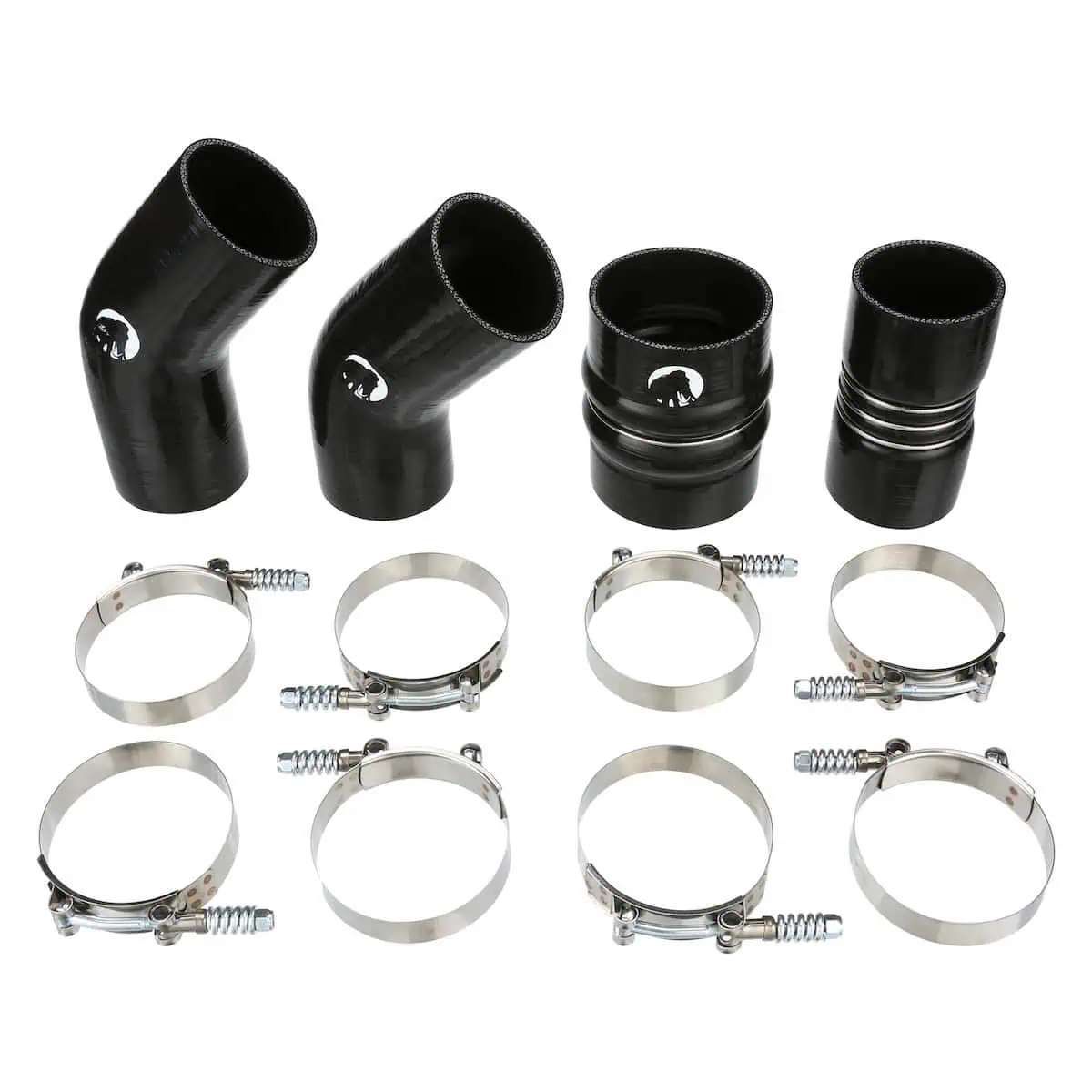Understanding the wide variety of hoses and valves that are essential components of industrial and commercial operations is crucial.
All Hoses and Valves provides an in-depth look at the numerous types of hoses and valves available, catering to various applications across different industries.
Hoses are designed to meet specific operational requirements, from high-pressure applications to the transport of fluids at varying temperatures. Similarly, valves play a pivotal role in fluid control, with specific types optimized for certain functions, whether regulating flow or maintaining pressure.
Ensuring the longevity and efficiency of equipment, certain upgrades like the 6.7 cummins intercooler upgrade can be pivotal for performance. Comprehensive guides like those offered by All Hose and Valves are not just catalogs but resources for a better understanding of how an optimal match between hose types, valves, and specific applications can lead to improved system reliability and safety.
Key Takeaways
- Hose and valve selection is tailored to the specific needs of varied industrial applications.
- Performance upgrades, such as intercooler enhancements, demonstrate the intricacies of system optimization.
- The right coupling of hose and valve types ensures operational reliability and safety.
Types of Hoses and Their Applications
All Hose and Valves provide a diverse range of hoses suited for multiple applications, each designed to meet specific industrial requirements with attention to safety, durability, and versatility.
Hydraulic Hoses
Hydraulic hoses are integral components of hydraulic systems designed to convey hydraulic fluid between hydraulic components such as valves, tools, and actuators. These hoses must withstand high pressures and are essential in equipment used in construction, manufacturing, and hydraulic systems.
They are characterized by their strength, flexibility, and resistance to fluctuating pressure and temperature conditions.
Industrial and Specialty Hoses
Industrial and specialty hoses encompass a broad spectrum of hoses with applications ranging from conveying water in agricultural settings to handling chemicals in chemical plants.
Water hoses, for example, are crafted to move large volumes of water, often featuring reinforced designs for added durability. On the other hand, air hoses are typically lighter and used to provide compressed air to pneumatic systems.
Specialty hoses used in chemical applications are constructed to maintain integrity in corrosive liquids or gases, focusing on safety and resistance to chemical damage.
These hoses must exhibit a high degree of flexibility and resilience and an ability to operate at various temperature ranges to ensure reliable delivery of liquids and gases in industrial contexts.
Valve Types and Their Uses
In industrial settings such as mining and marine environments, where fluid control is crucial, the selection and use of appropriate valves are integral to maintaining system integrity and efficiency.
Control and Regulation Valves
Control valves are essential for manipulating the flow of fluids within a system. They regulate pressure and flow rates, ensuring optimal operational conditions. These valves such as the ball valve and butterfly valve are widely implemented across various applications due to their precise flow regulation abilities.
The ball valve is known for its tight sealing and is commonly utilized in applications requiring a quick shutoff mechanism. In contrast, butterfly valves are preferred when space is at a premium and a compact solution is needed.
- Ball Valve: Ideal for on/off control without pressure drop.
- Butterfly Valve: Suitable for large volume and low-pressure applications.
Safety and Relief Valves
For systems where overpressurization poses a risk, safety and relief valves are critical for protection. Safety valves are engineered to open automatically when pressure exceeds a set limit, averting potential hazards. On the other hand, relief valves maintain a safe operation by allowing fluids to escape when needed, thereby managing pressure.
This is where devices such as a pressure relief valve come into play, especially in rigorous applications where effective pressure management is vital to equipment longevity and safety.
- Check Valve: Prevents reverse flow, protecting equipment from damage.
- Safety Valve: Automatically releases pressure to prevent system failure.
- Relief Valve: Actuates to alleviate excess pressure, safeguarding against overpressure conditions.
Fluid control dynamics in demanding settings, such as those undergoing a 6.7 Cummins intercooler upgrade, depend on properly functioning and selecting these valves. Consistent flow regulation and reliable safety mechanisms are paramount in these high-performance contexts.
Conclusion
Selecting the right hoses and valves is integral for optimal performance and safety in industrial applications. Regular inspection and maintenance are necessary to ensure longevity and reliability.
Understanding the relationship between different types of valves and hoses can prevent equipment failure and downtime. Users must be informed about compatibilities and correct usage to maintain efficient industrial systems.

